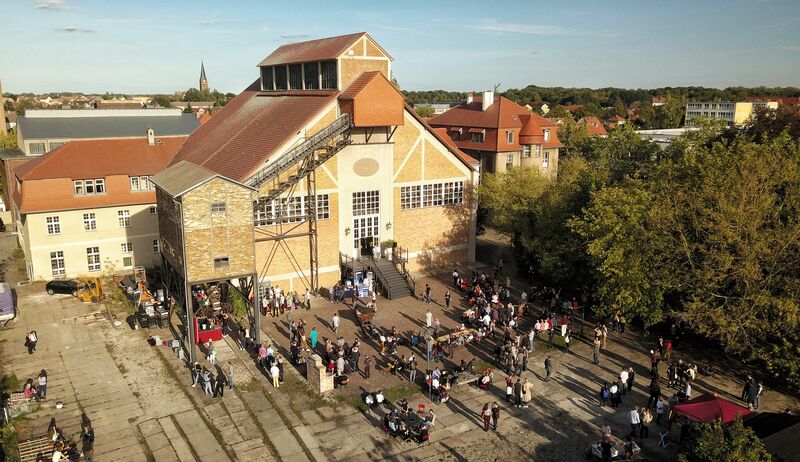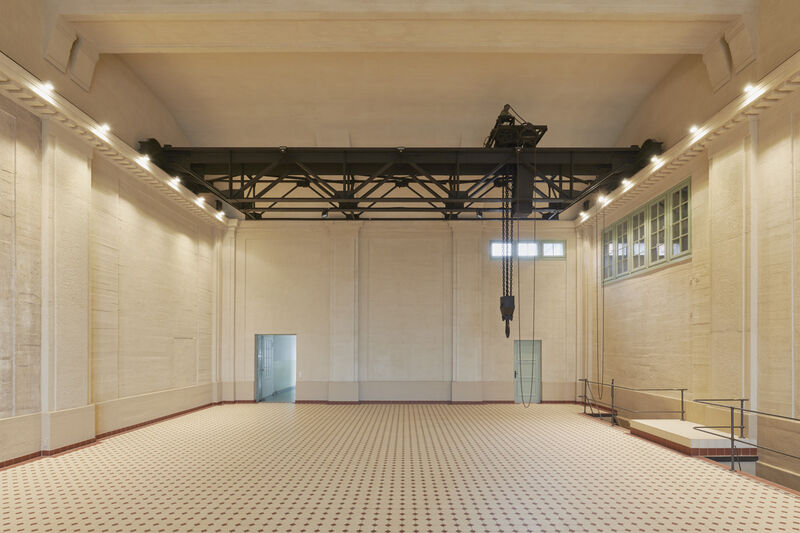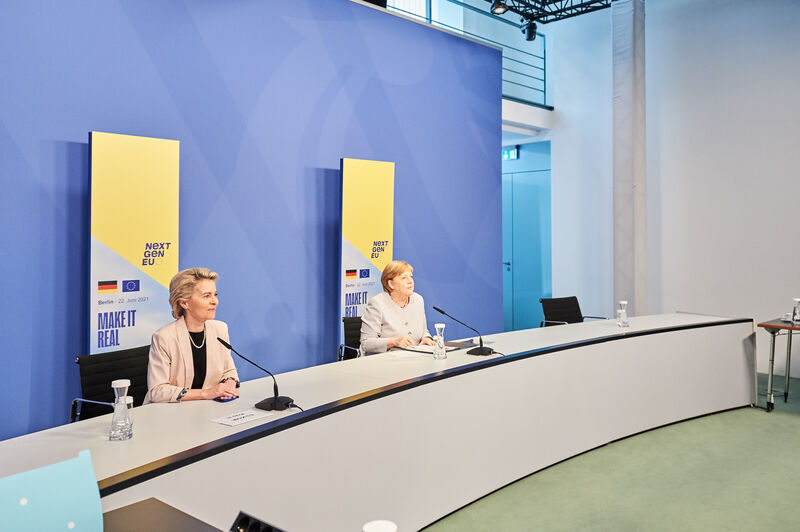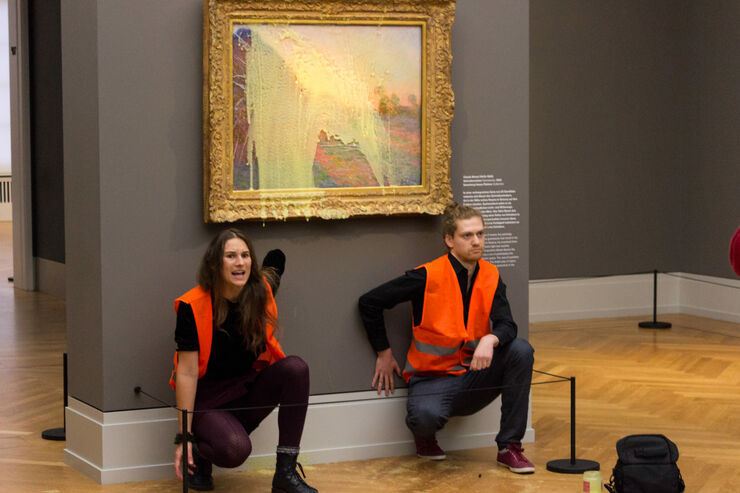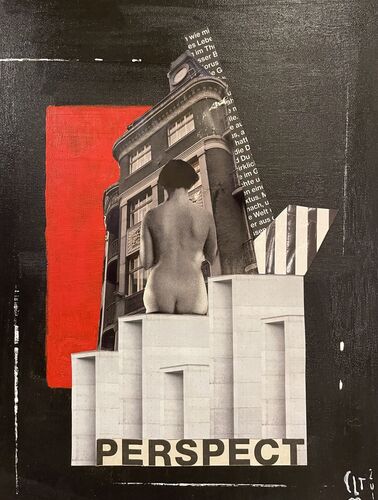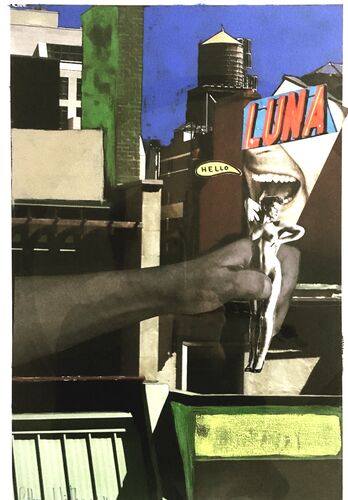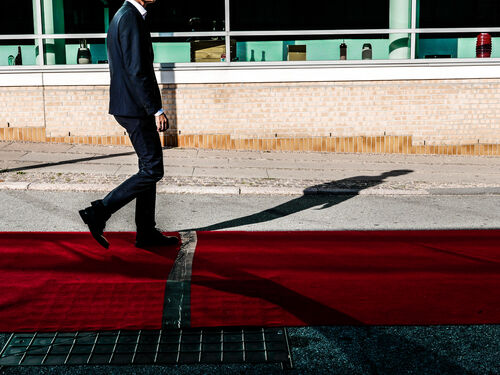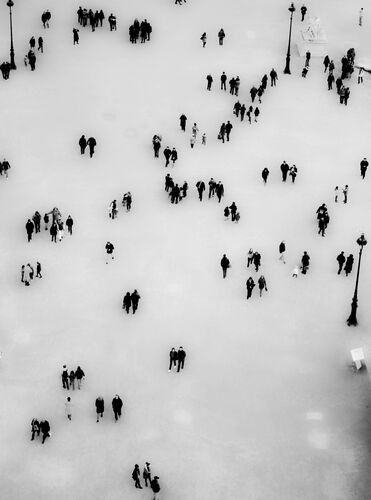What does Berlin's Humboldt Forum have in common with the approximately 6,500 residents of downtown Frankfurt am Main? The energy consumption. The website of the museum and event building features an interview with Thomas Herrmann, the head of facility management, who states that the heating and cooling capacity required for the Humboldt Forum would be sufficient for around 1,500 to 2,000 single-family homes - the equivalent of 6,000 to 8,000 people on average. Quite a lot of energy for a single building complex. And even the annual energy consumption of the Neue Nationalgalerie in Berlin, at least before its refurbishment, was 12.5 million kWh, which is equivalent to the consumption of around 2,500 single-family homes. Figures that suggest that art and cultural institutions have only given very limited consideration to their climate impact to date. But why do some arts organizations need the energy of an entire small town in the first place, and what does that say about their ecological footprint?
More on the subject Controversy
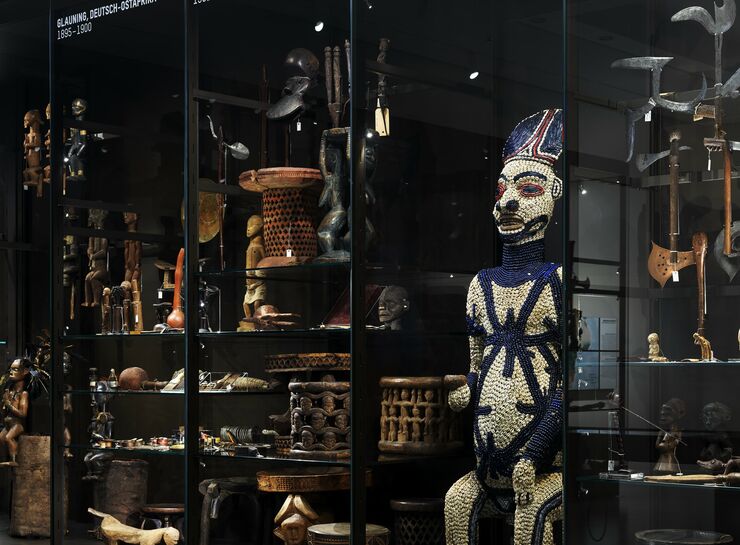
Ongoing discussions about the restitution of cultural artefacts in Germany
Although former colonial powers such as Germany, France or Great Britain have been dealing with the restitution of cultural artefacts for some time, this process is far from complete. The uneven claim of different institutions within Germany to deal with the matter shows how ambivalently the matter is handled: While a central contact point for collection material begins its work, the recently opened Humboldt Forum exhibits the much debated Benin bronzes, in the same year. The entire discussion seems to be guided less by the fact that around 90 per cent of the cultural heritage of the entire African continent is in the possession of European museums, and rather by the specific circumstances of the individual institutions. To avoid this, the idea for the contact point was born two years ago in October - but what has happened since then?
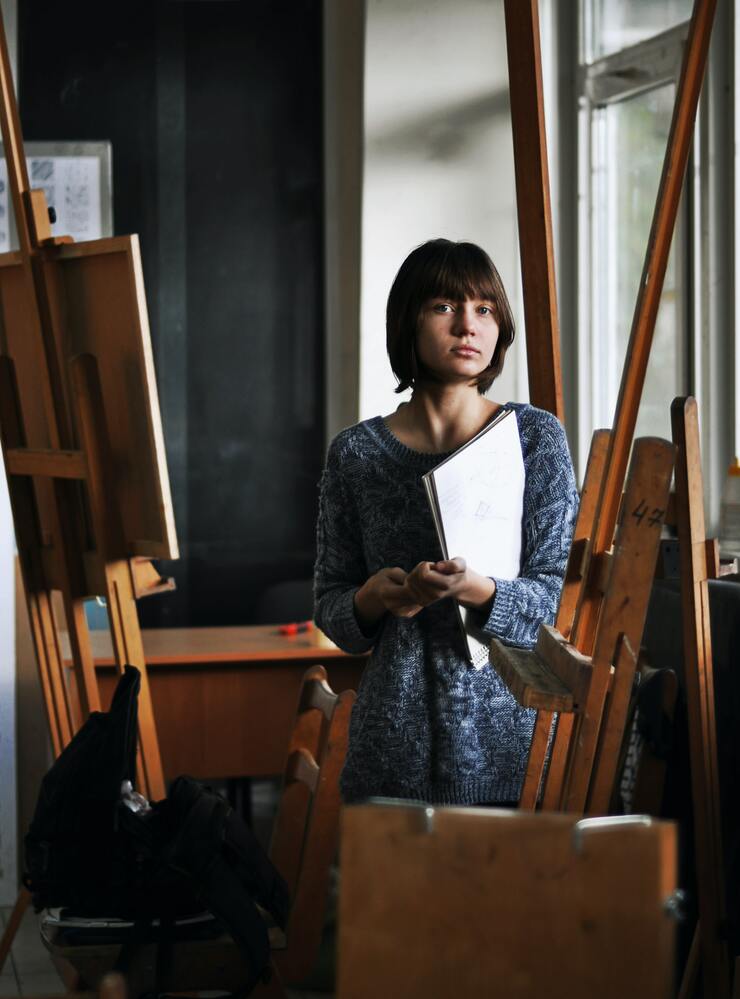
How underrepresented are women in the arts really?
It's hard to deny that the gender pay gap exists - and it doesn't stop at the art industry. Despite the widespread opinion that women are actually relatively common in the creative scene, there is, as is so often the case, an imbalance in favor of men. But is this really only reflected in the fees paid? Figures, data and facts clearly reveal how differently the genders are represented, but what is often missing are insights into the causes and, above all, solutions.
Dive deeper into the art world
Staged Realities
For the first time in over 25 years, there is another major exhibition on Jeff Wall in Canada: the Museum of Contemporary Art Toronto is presenting over 50 works by the renowned artist in Jeff Wall Photographs 1984–2023. The exhibition runs until March 22, 2026.



